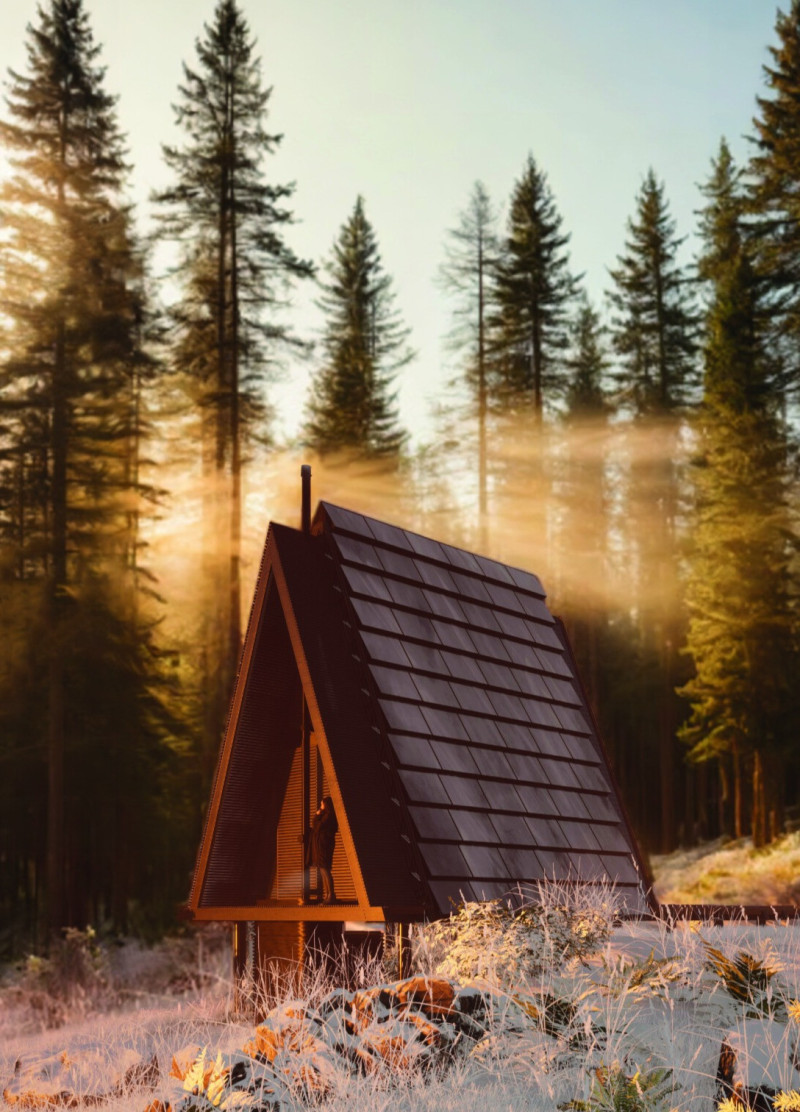5 key facts about this project
The primary function of the project is to accommodate a mixed-use space that seamlessly blends residential, commercial, and shared community areas. This multifunctionality is reflected in the spatial organization, which prioritizes accessibility and fluid movement throughout the interiors while maximizing natural light and ventilation. The layout promotes a sense of connectivity, making it easy for residents and visitors alike to navigate between different sections of the building without experiencing disconnection or confusion.
One of the key components of the design is its commitment to sustainability. This is evident in the careful selection of materials that are not only durable but also environmentally responsible. The project employs a combination of reclaimed wood, recycled metal, low-emission glass, and locally sourced stone, all of which contribute to a reduced carbon footprint. The use of these materials not only reinforces the building's ecological ethos but also enhances its visual character, creating a warm and inviting atmosphere that resonates with the natural setting.
The architectural design incorporates numerous elements that pay homage to local traditions while infusing modern sensibilities. For example, the façade features intricate patterns derived from regional motifs, creating a dialogue between the past and the present. These details add a layer of richness to the design, inviting viewers to appreciate the craftsmanship that has gone into the project. The materiality of the exterior, with its varied textures and colors, further complements the surrounding landscape, establishing a harmonious relationship with nature.
In addition to aesthetic considerations, unique design approaches are evident throughout the project. The incorporation of green roofs and vertical gardens not only enhances biodiversity but also contributes to the thermal performance of the building. By integrating natural elements into the architecture, the design encourages an interplay between indoor and outdoor spaces, promoting a lifestyle that values well-being and environmental stewardship. The strategic placement of windows and overhangs optimizes daylight entry and minimizes heat gain, demonstrating a commitment to creating comfortable living conditions regardless of the season.
Inside, the project embraces open-plan layouts that prioritize flexibility and adaptability. Spaces can be easily reconfigured to suit various uses, reflecting contemporary lifestyles that increasingly necessitate multifunctional environments. The interiors are designed to cultivate a sense of community, with communal areas that encourage social interaction while providing privacy for individual activities. Thoughtful design touches, such as integrated storage solutions and modular furniture, enhance usability and contribute to a clutter-free environment.
Further consideration is given to the acoustics of the space, with careful selection of materials that attenuate noise and foster an atmosphere of tranquility. This attention to detail exemplifies a comprehensive understanding of how design impacts quality of life and underscores the importance of creating spaces that nurture occupants’ well-being.
The project represents a significant addition to the architectural landscape, embodying principles of contemporary design while respecting the heritage and context of its location. It stands as a testament to the potential of architecture to shape communities positively and enhance the human experience through thoughtful, inclusive design.
For those interested in delving deeper into the architectural nuances of this project, exploring the architectural plans, architectural sections, and various architectural designs will provide invaluable insights into the intentions and thought processes underpinning this remarkable endeavor. Whether looking to understand the unique design ideas or simply to appreciate the aesthetic and functional outcomes, engaging with this project presentation will certainly enrich your appreciation of contemporary architecture.


























